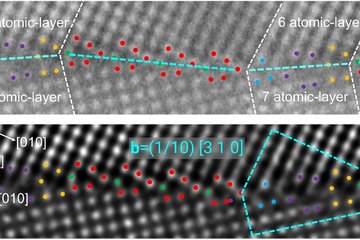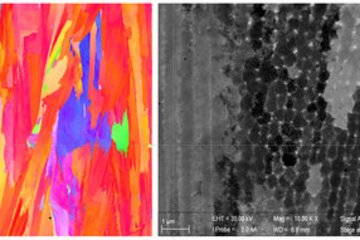All genres
21.
Poster
Investigating the Half-Cell Electrode Performance: Complementary Study using RDE, SFC and IL-TEM. GDCh conference 'Electrochemistry 2014', Mainz, Germany (2014)
22.
Poster
Half-cell Investigation of Electrode Performance Using a Scanning Flow Cell. 97th Canadian Chemistry Conference and Exhibition, Vancouver, B. C., Canada (2014)
23.
Thesis - PhD
Degradation of Carbon-Supported Pt Bimetallic Nanoparticles. Dissertation, Ruhr-Universität Bochum, Bochum, Germany (2015)











